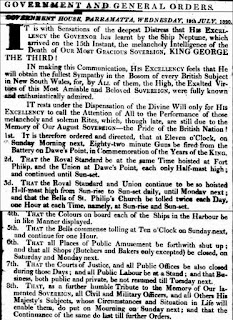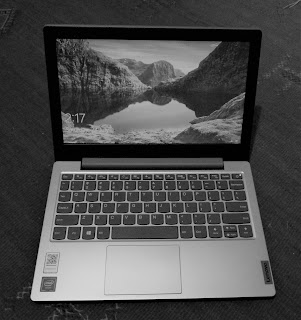Last Wednesday, when I was down at Dow's doing some documentation I looked at my phone screen and realised that what I'd originally thought to be a bad scratch was a spreading crack.
It would be a pain at anytime, but now, when one has to sign in everywhere with QR codes and show one's vaccination status to get into cafes and restaurants, being without a phone would be a major hassle.
The phone was an iPhone 8 I'd bought second hand a couple of years ago, and probably due for replacement sometime soon, so it wasn't really a problem having to replace it early, but the replacement process itself was a tale.
In the small rural town I live in there are no phone shops, or phone repair shops - the best you can do is the local Post Office for a not terribly competitively priced generic Android phone.
There are a couple of phone repair shops in the nearby larger towns, but at around $150 to replace the screen, it probably wasn't worth it - after all you can get a perfectly competent mid range Android phone for between $200 and $250 mail order or from one of the bigger office supplies or home electronics stores, and to be honest I did seriously consider getting one of the higher spec Vivo or Oppo phones.
However I'm a little bit of a snob about phones - I prefer to have a quality phone - for years I had Samsung, and at the moment I have Apple. More because of their track record for reliability and performance than anything else.
However most of the current quality offerings are over a $1000 which was a tad more than I wanted to pay out in a lump.
Now I could have gone for one of these deals whereby I sign up for a plan for 24 months and pay off the phone in monthly installments, and I certainly thought about that to get either one of the newer iPhones, a Samsung, or the new Google Pixel 6.
However, there's a catch.
Where I live you have to have Telstra - coverage from the other networks is simply not reliable enough. I'm sure it'll get better, but for the moment it has to be Telstra.
There's also no 5G coverage. It'll come, but not yet.
Telstra are not keen to sell you a 5G capable phone on a 4G contract. You can see the logic, but it's annoying as you are paying extra for something you can't use. Admittedly you get extra data, but as I only use less that 5% of my monthly data allocation on my existing contract, that's not a plus.
So, the logic said stay on your existing 4G SIM only contract and buy a decent unlocked 4G phone from one of the big online retailers, which is exactly what I would have done in normal times.
But the times are not normal.
The big online retailers do not have the stock levels they normally have and some phones are on back order. That, and the near collapse of the postal system means it can take two weeks for a package to get here from Sydney or Melbourne.
And remember, I couldn't be without a phone.
Enter Apple.
Apple's online store had stock of the 4G only iPhone SE, and claimed that they could get one to me in a couple of days. They'd also buy back my existing phone, even with a cracked screen.
The deal was a bit more expensive than I'd hoped for, but not disastrously so, and due to the buy back offer, cheaper than a Samsung S20. (Yes, I know the S20's 5G capable and the SE's not, but as we don't have 5G that's not a deal breaker)
So I went for it.
In the event Apple excelled themselves, getting the phone to me for close of business the next day (1655 to be precise). With Apple's data transfer technology I was up and running within half an hour, with all my vaccination and QR code data transferred, rather than spending half a day downloading and installing software as I would have if if I'd changed back to Android.
So, long story short, I'm still an iPhone user due to excellent service from Apple and a rather nifty means of transferring your data from your old phone to your new device ...
(actually the deal turned out better that I imagined. Apple ended up giving me a more generous buy back price than their initial estimate, which meant that while my phone was still more expensive than a well spec'd phone from one of the second tier manufacturers it wasn't too bad overall)









































